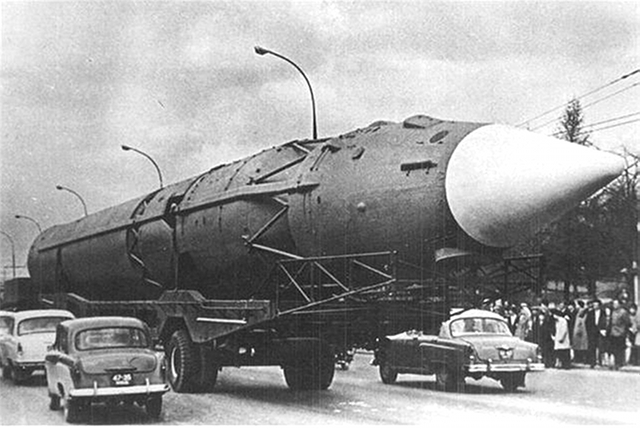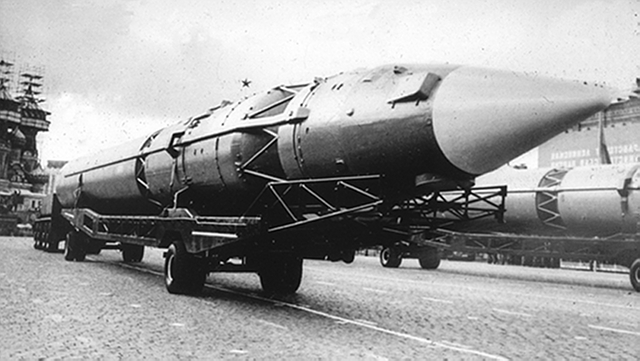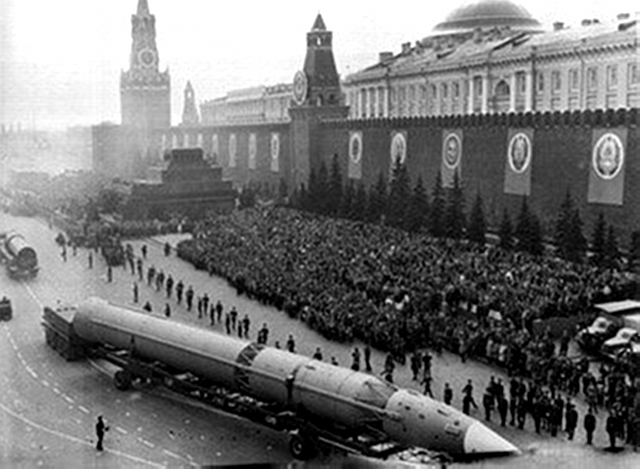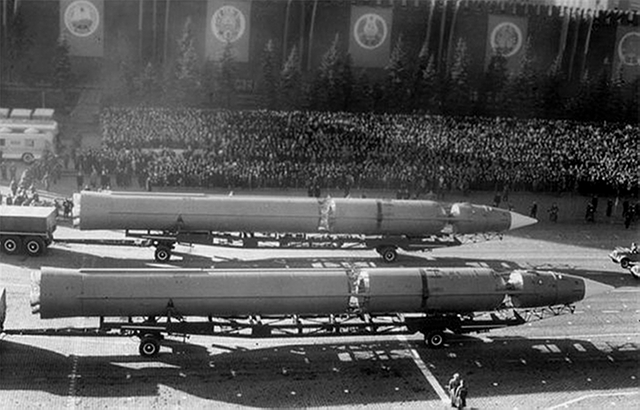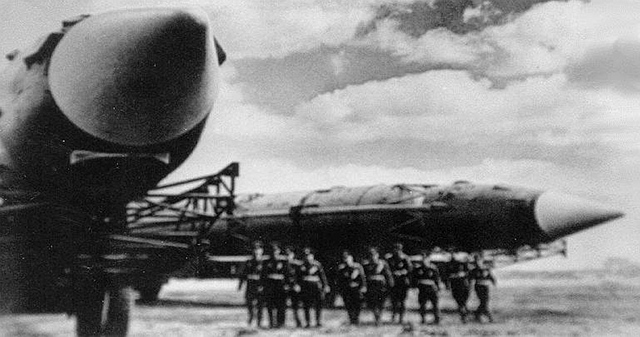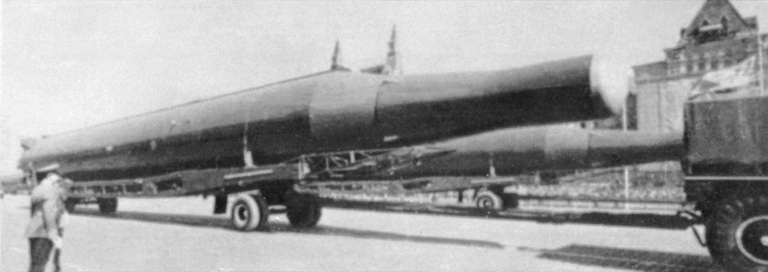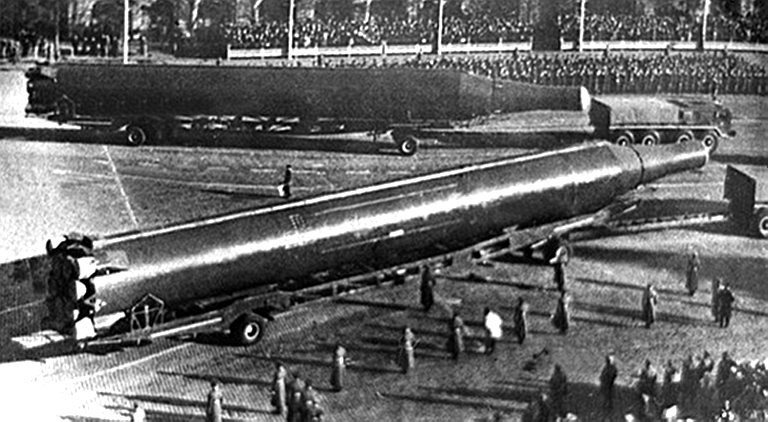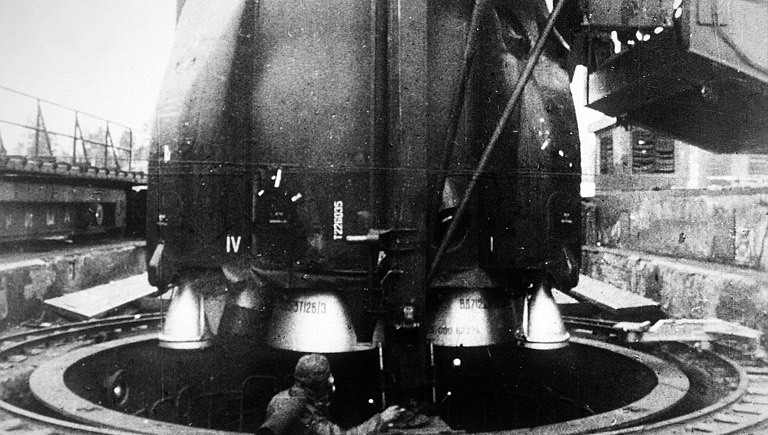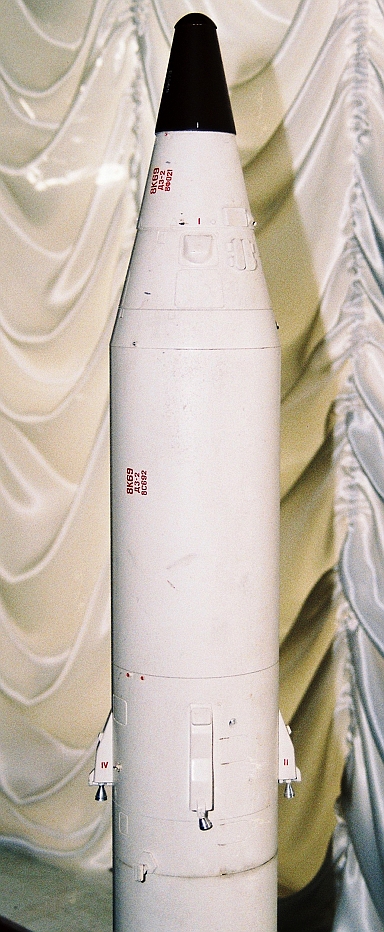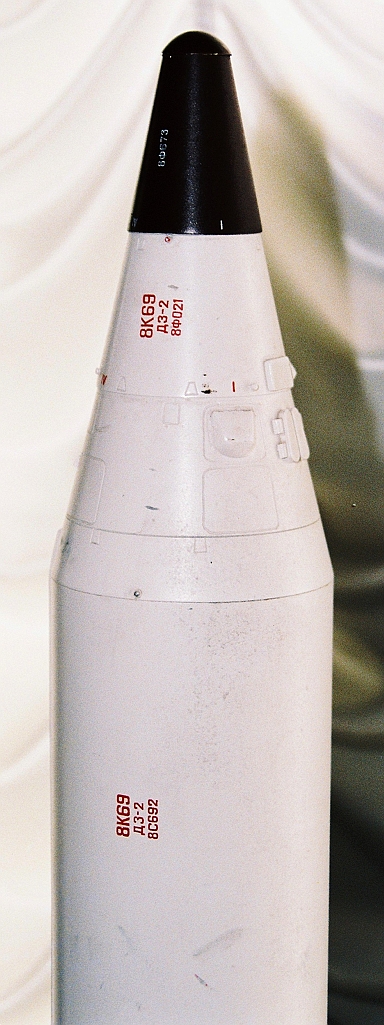|
||||||||||||||||||||||
![Home - Air Power Australia Website [Click for more ...]](APA/APA-Title-Main.png) |
||||||||||||||||||||||
![Sukhoi PAK-FA and Flanker Index Page [Click for more ...]](APA/flanker.png) |
![F-35 Joint Strike Fighter Index Page [Click for more ...]](APA/jsf.png) |
![Weapons Technology Index Page [Click for more ...]](APA/weps.png) |
![News and Media Related Material Index Page [Click for more ...]](APA/media.png) |
|||||||||||||||||||
![Surface to Air Missile Systems / Integrated Air Defence Systems Index Page [Click for more ...]](APA/sams-iads.png) |
![Ballistic Missiles and Missile Defence Page [Click for more ...]](APA/msls-bmd.png) |
![Air Power and National Military Strategy Index Page [Click for more ...]](APA/strategy.png) |
![Military Aviation Historical Topics Index Page [Click for more ...]](APA/history.png)
|
![Intelligence, Surveillance and Reconnaissance and Network Centric Warfare Index Page [Click for more ...]](APA/isr-ncw.png) |
![Information Warfare / Operations and Electronic Warfare Index Page [Click for more ...]](APA/iw.png) |
![Systems and Basic Technology Index Page [Click for more ...]](APA/technology.png) |
![Related Links Index Page [Click for more ...]](APA/links.png) |
|||||||||||||||
![Homepage of Australia's First Online Journal Covering Air Power Issues (ISSN 1832-2433) [Click for more ...]](APA/apa-analyses.png) |
||||||||||||||||||||||
| Last Updated: Mon Jan 27 11:18:09 UTC 2014 | ||||||||||||||||||||||
|
||||||||||||||||||||||
The Soviet Fractional Orbital Bombardment System Program |
||||||||||||||||||
| by
Miroslav
Gyűrösi January 2010 Updated April, 2012 Text and images © 2009 - 2012 Miroslav Gyűrösi  |
||||||||||||||||||
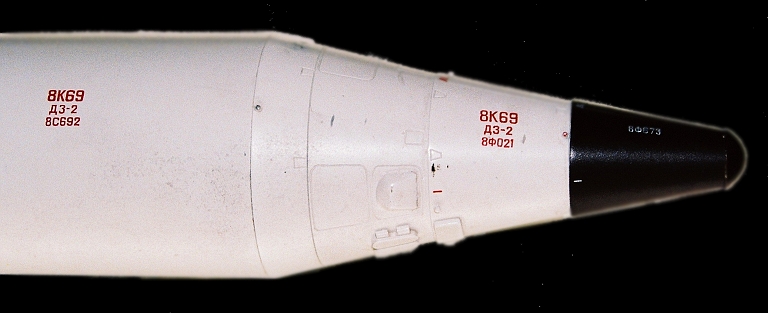 |
||||||||||||||||||
|
|
||||||||||||||||||
IntroductionThe Soviets conducted a long running campaign of strategic deception against the West through the whole Cold War period, and the protracted development of the Soviet FOBS nuclear weapon system presents an excellent case study of such. The Soviet RVSN or Strategic Rocket Forces were involved in a sustained and intensive arms race against the US Air Force Strategic Air Command, the intent being to provide a decisive advantage in ballistic missile exchanges in the event of a full scale nuclear conflict. An important part of this campaign was the deployment of large phased array Ballistic Missile Early Warning (BMEW) radar systems by both sides. The BMEW radars would track incoming ballistic missiles and Re-entry Vehicles (RV) as they rose above the radar horizon and then re-entered the atmosphere, track these, and provide estimated impact points, impact times, and with lesser accuracy, locations of launchers. The systems of BMEW radars deployed by both sides were critical in providing early warning of a nuclear attack in progress, and data to support decisions on what retaliatory strikes should be launched at what targets. Both sides considered launching strikes against empty ICBM silos to be an ineffective strategy. Soviet RVSN strategists quickly recognised that the first generation of BMEW radars deployed by the US were oriented to track Soviet attacks on direct trajectories, in which ICBMs were launched from sites in European Russia and Siberia, and would reach their apogees over the northern polar regions. Without BMEW coverage through the southern geographical arc, US nuclear warfighting staffs were blind to attacks from other directions. This presented an opportunity for the Soviets, as a wave of strikes on key US facilities without warning could permit defacto decapitation of the US command, control and communications systems, and if sufficient warheads were delivered, key silo fields could be heavily damaged reducing residual US retaliatory capability. Given the nuclear warfighting imperative of “use them or lose them”, the player who could knock out as many opposing ICBMs in the opening round of a nuclear conflict had an important advantage. The Fractional Orbital Bombardment System (FOBS) as it was known in the West, was a Soviet innovation intended to exploit the limitations of US BMEW radar coverage. The idea behind FOBS was that a large thermonuclear warhead could be inserted into a steeply inclined low altitude polar orbit, such that it would approach the CONUS from any direction, but primarily from the southern hemisphere, and following a programmed braking manoeuvre, re-enter from a direction which was not covered by US BMEW radars. The first warning the US would have of such a strike in progress would be the EMP transients produced by the nuclear devices initiating over their programmed targets in the CONUS. FOBS DevelopmentDevelopment of the 8K713 GR-1 (Globalnaya Raketa -1 or Global Missile 1) was initiated in 1962 by OKB-1, led by Sergei Pavlovich Korolyov. This was to be the last ballistic missile design produced by Korolyov, best known in the West for his effort in the Soviet space program. The development effort on the 8K713 GR-1 ceased in 1964, without a single test launch having been performed. Despite, as part of a strategic deception effort, the Soviets displayed this missile as an operational weapon system during their annual Red Square military parade. Western analysts were convinced that this system was in use, and it was allocated the US/NATO designation of SS-10 SCRAG. What the Soviets did deploy operationally was an entirely different FOBS system, the R-36-O or 8K69 developed by SKB-586, led by Mikhail Kuzmich Yangel’. Based then and since in Dnepropetrovsk, in the Ukraine, the design bureau was co-located with the Yuzhniy Mashinostoryenniy Zavod manufacturing plant. |
||||||||||||||||||
|
||||||||||||||||||
|
||||||||||||||||||
| While the
FOBS had unlimited range and could attack targets anywhere on
the
globe, the loss of the element of surprise due to improved early
warning systems
relegated it to the position of an expensive single warhead missile
with
limited 5 Megatonne yield with 1,100 metre CEP, and longer flight time,
compared to later MRV/MIRV ICBM
variants of the
R-36. Eighteen silos at Baikonur were loaded with these weapons until
1983,
when they were decommissioned under the terms of the SALT-2 treaty. |
||||||||||||||||||
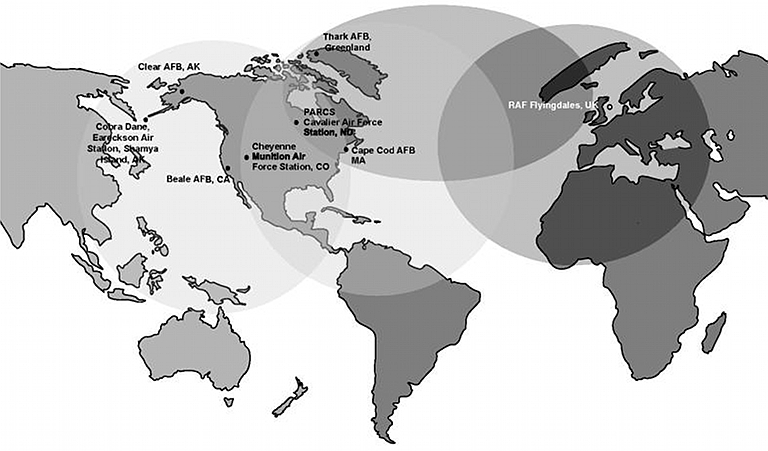 The Soviet FOBS program was devised to
exploit the limited geographical coverage of the first generation US
BMEWS system, which provided coverage only in the northern sector. The
advent of the FOBS and more capable Soviet SLBMs saw the deployment of
AN/FPS-115 PAVE PAWS phased array BMEW radars at Beale AFB in
California, and Otis AFB in Massachussetts, expanding angular coverage
of CONUS and rendering the FOBS unusable in its original role (diagrams US Air Force).
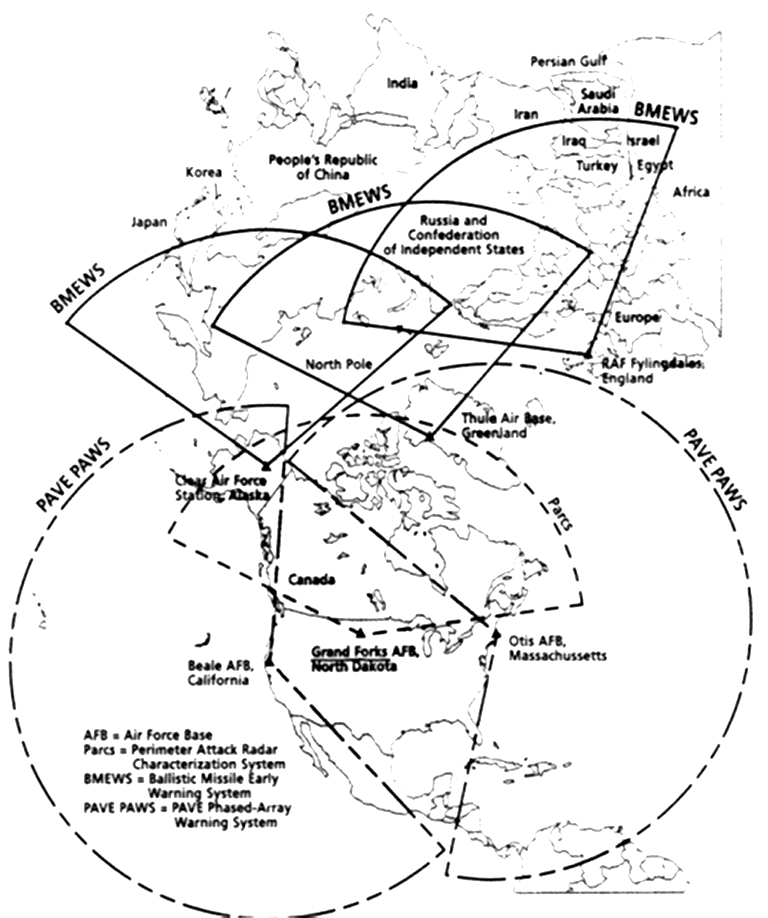 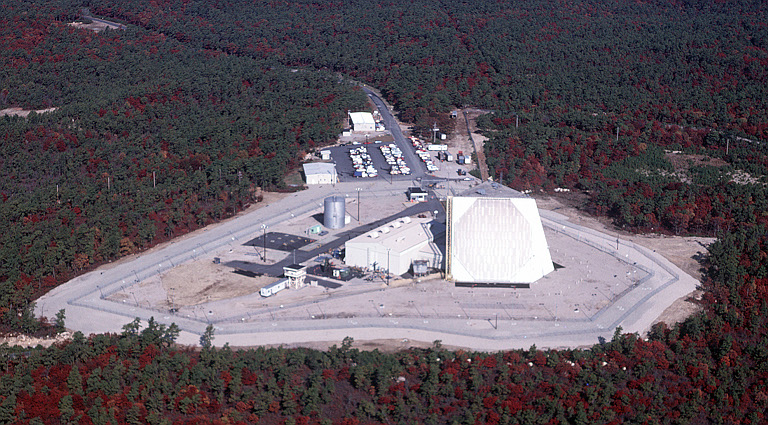 Above, PAVE PAWS at Otis AFB, below,
recently upgraded BMEWS at Thule AB in Greenland (US Air Force).
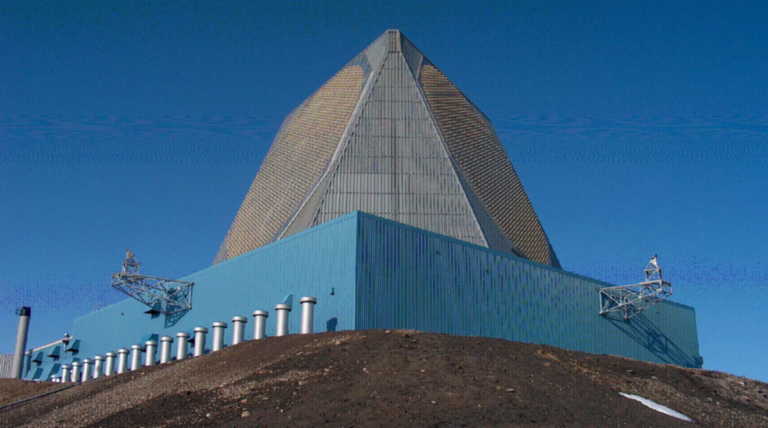 |
||||||||||||||||||
References
|
||||||||||||||||||
 |
||||||||||||||||||
|
Technical Report APA-TR-2010-0101 |
||||||||||||||||||
|
|||||||||||||
![Sukhoi PAK-FA and Flanker Index Page [Click for more ...]](APA/flanker.png) |
![F-35 Joint Strike Fighter Index Page [Click for more ...]](APA/jsf.png) |
![Weapons Technology Index Page [Click for more ...]](APA/weps.png) |
![News and Media Related Material Index Page [Click for more ...]](APA/media.png) |
||||||||||
![Surface to Air Missile Systems / Integrated Air Defence Systems Index Page [Click for more ...]](APA/sams-iads.png) |
![Ballistic Missiles and Missile Defence Page [Click for more ...]](APA/msls-bmd.png) |
![Air Power and National Military Strategy Index Page [Click for more ...]](APA/strategy.png) |
![Military Aviation Historical Topics Index Page [Click for more ...]](APA/history.png)
|
![Information Warfare / Operations and Electronic Warfare Index Page [Click for more ...]](APA/iw.png) |
![Systems and Basic Technology Index Page [Click for more ...]](APA/technology.png) |
![Related Links Index Page [Click for more ...]](APA/links.png) |
|||||||
![Homepage of Australia's First Online Journal Covering Air Power Issues (ISSN 1832-2433) [Click for more ...]](APA/apa-analyses.png) |
|||||||||||||
| Artwork, graphic design, layout and text © 2004 - 2014 Carlo Kopp; Text © 2004 - 2014 Peter Goon; All rights reserved. Recommended browsers. Contact webmaster. Site navigation hints. Current hot topics. | |||||||||||||
|
Site Update
Status:
$Revision: 1.753 $
Site History: Notices
and
Updates / NLA Pandora Archive
|
|||||||||||||
|
|
Tweet | Follow @APA_Updates | |||||||||||
|
|
|||||||||||||
|
|
|||||||||||||
![F-111 Aardvark Index Page [Click for more ...]](APA/f-111.png)
![F/A-18 Hornet and Super Hornet Index Page [Click for more ...]](APA/fa-18a.png)
![Aerial Refuelling and Airlift Capabilities Index Page [Click for more ...]](APA/aar-lift.png)
![Directed Energy Weapons and Electromagnetic Bombs Index Page [Click for more ...]](APA/dew.png)
![Notices and Updates Index Page [Click for more ...]](APA/notices-128.png)
![APA NOTAM and Media Release Index Page [Click for more ...]](APA/notams-128.png)
![APA Research Activities and Policy / Technical Reports Index [Click for more ...]](APA/research-128.png)
![Search Air Power Australia Website [Click for more ...]](APA/search-128.png)
![Briefings and Submissions - Air Power Australia [Click for more ...]](APA/briefs-128.png)
![Air Power Australia Contacts [Click for more ...]](APA/contacts-128.png)
![Funding Air Power Australia [Click for more ...]](APA/funding-258.png)
